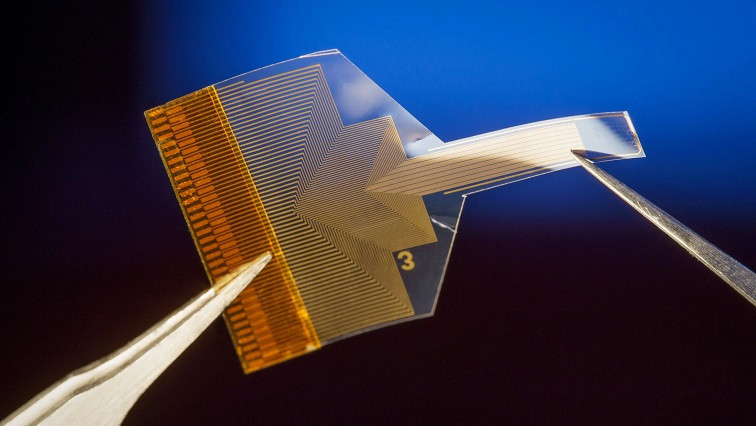Deep Insight into Brain Activity
Researchers have spearheaded the development of a thin, transparent surface implant with electrodes made from graphene. This implant can read neural activity deep within the brain. The device utilizes machine learning to predict the activity of calcium ions in populations of neurons and single cells in deeper regions of the brain. Although this technology is still in its early stages of development, it has demonstrated potential for less invasive and more accurate brain readings in the future.
EGNITE: The Graphene-Based Implantable Neurotechnology
Researchers have developed EGNITE, an implantable neurotechnology based on graphene, paving the way for high-precision therapeutic applications. This innovative technology employs fabrication processes that are standard in the semiconductor industry to assemble graphene microelectrodes of just 25 µm in diameter. Preclinical studies have demonstrated EGNITE’s capacity to record high-fidelity neural signals with exceptional clarity and precision, as well as highly targeted nerve modulation. This addresses a critical gap in neurotechnology and could position graphene at the forefront of neurotechnological materials.
High Resolution Brain Activity Data
The University of California San Diego has developed a neural implant made of graphene that provides high-resolution brain activity data from the surface of the brain. This implant uses a thin, transparent, and flexible polymer strip packed with a dense array of graphene electrodes. It can record electrical and calcium activity in deep brain layers, overcoming the limitations of previous neural implant technologies. The technology also integrates machine learning methods to predict deep neural activity from surface signals, enabling longer duration experiments and a more comprehensive understanding of neural activity in dynamic real-world scenarios.
Innovative Graphene-Based Neurotechnology
A study published in Nature Nanotechnology presents EGNITE, a transformative graphene-based neurotechnology. The graphene microelectrodes exhibit low impedance and high charge injection, which are essential for flexible and efficient neural interfaces. Preclinical studies demonstrated EGNITE’s capacity for recording high-fidelity neural signals with exceptional clarity and precision, and highly targeted nerve modulation. This technology builds on the legacy of the Graphene Flagship and has been patented and licensed to INBRAIN Neuroelectronics for clinical applications and product development. INBRAIN Neuroelectronics is preparing for the first-in-human clinical trials of this innovative graphene technology.
Future of Flexible Neural Interfaces
The development of a nanoporous graphene-based thin film technology for flexible neural interfaces has been discussed. These interfaces have small microelectrodes that achieve low impedance and high charge injection. In vivo brain recording and stimulation performance in rodents demonstrated high fidelity recordings and low current thresholds for stimulation, as well as tissue biocompatibility. The potential of graphene-based materials for electrode fabrication in bidirectional neural interfaces is highlighted, emphasizing the need for miniaturized electrode dimensions to improve neural signal decoding and stimulation focality.
Conclusion
The advent of graphene-based brain implants marks a significant stride forward in the field of neuroscience. While still in the early stages of development, these implants hold the potential to drastically enhance our understanding of how the brain functions, and could even pave the way for the development of more effective, targeted treatments for a range of neurological disorders. The future of neuroscience looks promising, thanks to these groundbreaking advancements.
Read the original article on Medriva.







